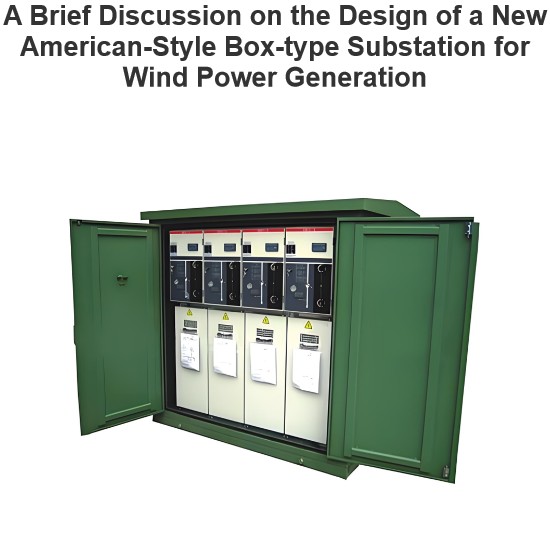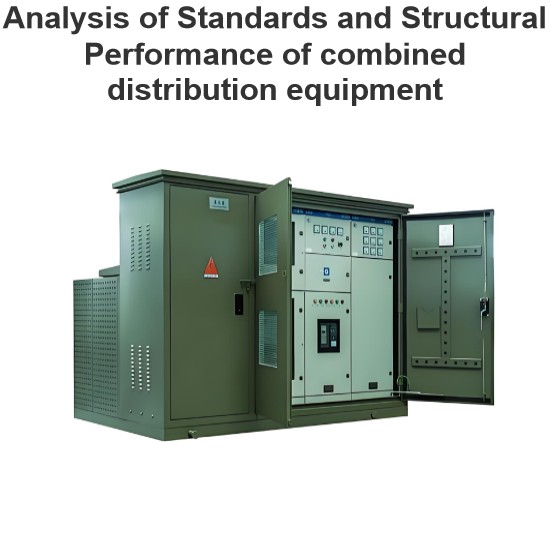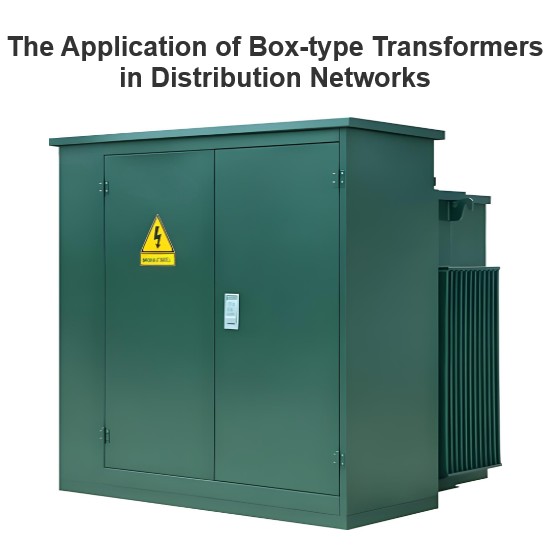What is a short circuit in a transformer?
A transformer short circuit occurs when a low-impedance path unexpectedly forms between two points of different potentials within or outside the transformer, leading to a sudden and significant increase in current. This situation can cause severe damage to the transformer and related equipment. The following provides a detailed explanation of transformer short circuits, including what happens during a short circuit and how to prevent or reduce the occurrence of short circuits.
What is a Transformer Short Circuit?
Transformer short circuits can be categorized into two main types:
Internal Short Circuit: Occurs within the transformer, typically between windings or between windings and the core or casing.
External Short Circuit: Occurs outside the transformer, typically between the primary or secondary side and ground, or between different windings.
What Happens During a Short Circuit?
Sudden Current Surge: During a short circuit, the current increases dramatically, far exceeding the normal operating current. This leads to a rapid rise in temperature within and around the transformer.
Thermal Damage: High temperatures can cause the insulation materials to age rapidly or melt, further exacerbating the short circuit condition.
Mechanical Stress: The massive current generates strong electromagnetic forces, which can cause deformation or damage to the transformer windings.
Voltage Drop: A short circuit can cause a drop in system voltage, affecting the normal operation of other devices.
Activation of Protective Devices: The short circuit current typically triggers protective devices such as circuit breakers and fuses, cutting off the power supply to prevent further damage.
Fire and Explosion: In extreme cases, a short circuit can lead to a fire or explosion in the transformer, causing significant property damage and potential injury.
How to Prevent or Reduce Short Circuits
Regular Maintenance and Inspection:
Insulation Testing: Conduct regular insulation resistance tests to ensure the integrity of the insulation materials.
Temperature Monitoring: Use temperature sensors to monitor the transformer's temperature and detect anomalies early.
Visual Inspection: Regularly inspect the transformer's exterior for signs of obvious damage or corrosion.
Use High-Quality Insulation Materials:
High-Temperature Resistant Materials: Choose insulation materials that are resistant to high temperatures and corrosion to enhance the transformer's durability.
Timely Replacement: Replace aged insulation materials promptly to prevent degradation of insulation performance.
Install Protective Devices:
Circuit Breakers: Install appropriate circuit breakers to ensure that the power supply is quickly cut off in the event of a short circuit.
Fuses: Use fuses as an additional protective measure to prevent excessive current flow.
Relay Protection: Install relay protection devices to monitor changes in current and voltage and take protective actions promptly.
Proper Installation and Operation:
Standard Installation: Follow the manufacturer's guidelines for installation to ensure all connections are secure and reliable.
Avoid Overloading: Ensure that the transformer's load does not exceed its rated capacity to avoid overloading.
Environmental Control: Keep the area around the transformer clean to prevent the ingress of dust, moisture, and other contaminants.
Use Advanced Monitoring and Diagnostic Techniques:
Online Monitoring: Use online monitoring systems to continuously track the transformer's operating status and detect potential issues early.
Fault Diagnosis: Utilize fault diagnosis techniques to analyze the transformer's operational data and predict and prevent faults.
Summary
A transformer short circuit is a serious electrical fault that can cause significant damage to the transformer and related equipment, and even lead to fires and explosions. By conducting regular maintenance and inspections, using high-quality insulation materials, installing protective devices, ensuring proper installation and operation, and employing advanced monitoring and diagnostic techniques, the occurrence of short circuits can be effectively prevented or reduced.
The Electricity Encyclopedia is dedicated to accelerating the dissemination and application of electricity knowledge and adding impetus to the development and innovation of the electricity industry.













